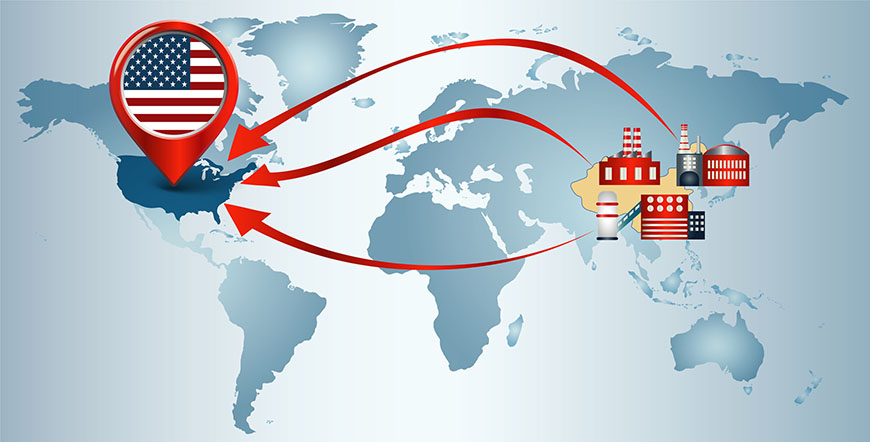Reshoring: The Hottest Trend in Business

Due to COVID-19, trade wars and tax cuts, businesses are now rethinking their global manufacturing and sourcing strategies. But it’s not as easy as it seems. Reshoring is complicated and can be costly. Leaving overseas operations can involve required pay-outs to employees, regulatory requirements and write-off of tools and machinery. Returning to your home country may be tough, too. You may have to develop a whole new supply base and deal with environmental, health and safety restrictions that are unexpected.
On June 23, the Supply Chain Management Institute (SCMI) at the University of San Diego School of Business hosted a webinar focused on reshoring back to the United States. Rosemary Coates, executive director of the Reshoring Institute and SCMI advisory board member, shared her experiences along with case studies to define the potential costs and benefits for companies considering jumping on the reshoring bandwagon.
Contact:
Karen Kukta
kkukta@sandiego.edu
(619) 260-7903



